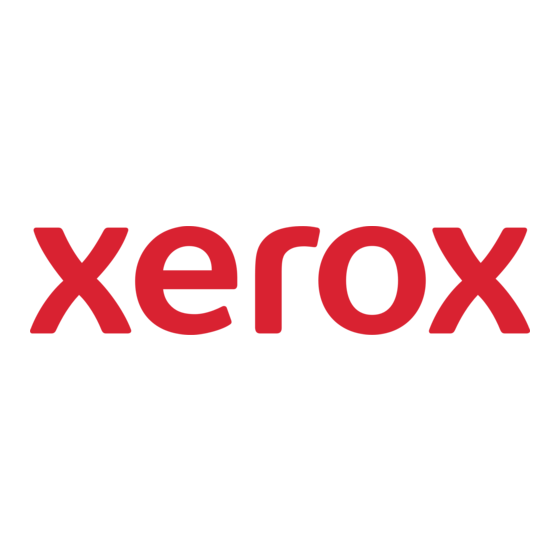2. FUNCTIONAL DEoSCRIPTION·
DATA REPRESENTATION
A single 80-column card can contain data in either of two
formats: EBCDIC or binary.
EBCDIC CARD FORMAT
In the EBCDIC card format there are 256 val id punch con-
figurations for a single card column (see Appendix A), each
of whi ch is translated into an 8-bit code in the range 0-
25510(0016-FF16). Thus, the EBCDIC card image (i.e.,
the 80 columns of punch configurations) consists of a trans-
lated string of 8-bit bytes, with the first byte of the string
corresponding to the configuration punched in column 1 and
the last byte of the translated string corresponding to col-
umn 80. , The card image is always presented to the control-
ling system in column order.
Figure 1 illustrates how the first two columns of an EBCDIC
card image are presented to the controll ing system. Note
that column 2 contains an invalid EBCDIC punch configura-
tion, which is translated as 8 zeros and which causes a trans-
mission data error condition (see IErrorConditions" in Chapter
3).
If column 1 of a card contains punches in rows 1 and 2,
the entire card is interpreted as a binary card image rather
than an EBCDIC image (see IIRead Orders" in Chapter
3).
Column
Byte
II
)
000000000
12345118 B
1111111111
2122222222
3333333333 \
444444444
555555555
6666666661
777777777
8888888888
9999999999 }
1 2 3
~
5 6 1 8 9 10
~I
l
n+1
n
,
,
f A ,
Data
11 1 00 0001
1.
0000 0000
I
Bit Position
0
1
2
314
5
6
710
1
2
314
5
6
7
Validity
Valid
Invalid
Figure 1. EBCDIC Read Operation
2
Functional Description
BINARY CARD FORMAT
In the binary card format there are 4096 possible punch con-
figurations for a single card column, and all configurations
are valid. In this format each card column corresponds toa
12-bit code in the range 0-4095 (00016-FFF16)' with each
row punch corresponding to a 1 in the
12-bit code. Thus,
the binary card image consists of a string of 80 12-bit codes,
with the first code corresponding to the actual punch con-
figuration in column 1 and the last code corresponding to
the actual punch configuration in column 80.
Because
Sigma I/O systems use an8-bitbyte as the basic data group-
ing, the 80 12-bit codes are presented to the control
I
ing
system as 120 8-bit bytes.
Figure 2 illustrates how the first twocolumnsof a binary card
image are presented to the controll ing system.
Note that
for odd-numbered columns, the data in rows 12 through 5
comprise one byte and that the data in rows 6 through 9 are
combined with the data in rows 12 through 1 of the next
even-numbered column to form a second byte. A third byte
is formed from the data in rows 2 through 9 of the even-
numbered column.
Thus, for each odd- even-numbered
pa ir of binary card columns, the controll ingsystem receives
a sequence of three 8-bit bytes.
Card Row
Column
Byte
Data
I
123456 )
1111111
2122222.
61666666L
rF
777777777
IF
818888888
123'; 5 6) 8 9
~
I
999999999
12 11
0
1
2
3
4
5.6
7
8
9 12 11
i
0
1 12
3
4
5
6
7
8
9
~~
______
T~
___
I __
~J ~~----~:~T,-------JI
n
:It
n+l
*
I
2
n+2
*
Bit Pos i t i on
'o-;--;-:;-tT-<"'"i:"--;-irn-,-:;-:;-i~;--;---:;4-;;--;;--::--:::-t...,......,~...".J
Figure 2.
Binary Read Operation
The binary card image is always presented to the controlling
system in column order and in the byte sequence described
above.

